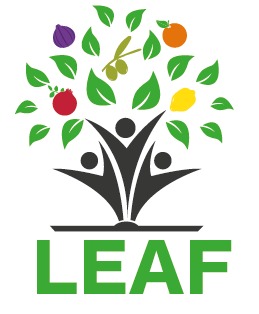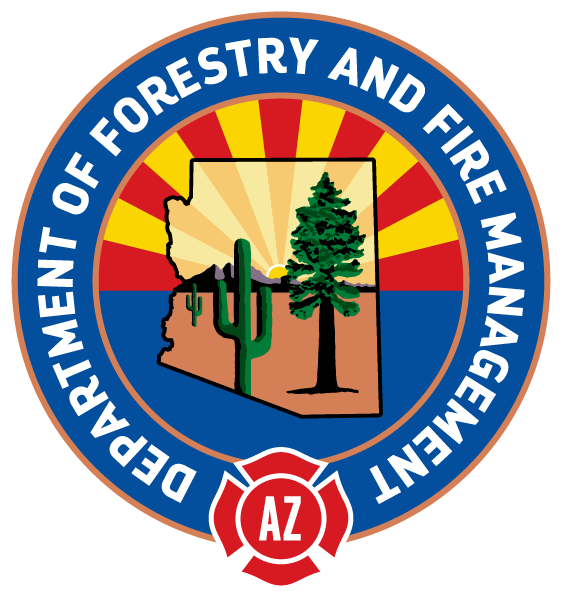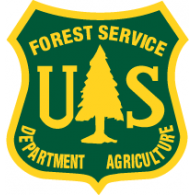Soil Click Here for a PDF of SoilSoil conditions affect water retention, the oxygen and nutrients available to tree roots, and the health of soil microbes that aid trees. When walking your site, notice soils that look sandy, clayey or have caliche present, and notice places where leaves, twigs and animal scat collect and enrich soil. Consider what you know about the soil based on holes dug in the past. Good soils are the key to vigorous and healthy trees. After the correct tree has been selected, planting in existing good soils or working to help create good soils should be the next priority. See the table Soil Types for Selected Edible Trees for information on soil needs for specific trees. See the Edible Tree Directory for soils information on additional trees and understory plants. Most fruit and nut trees need well-drained soil around three feet deep. Generally, trees grow best in a mixture of sand, silt, clay and organic material. However, some trees prefer sandy soils with fast drainage. Others grow better in silty or clayey soils that are high in organic matter and moisture. Arizona soils have very low levels of organic matter, usually less than 1 percent due to the slow rates of organic matter production in arid environments. Native trees can often tolerate lower organic matter and higher salt, sand or clay content than fruit or nut trees. If you plan on planting nonnative fruit and nut trees, you will likely need to amend the soil with organic matter. Shaking a few cups of soil in a glass jar partially filled with water and watching the particles settle can show you the balance between different sized grains of sand, silt and clay. For more detailed testing, contact your local Cooperative Extension specialist about how to have soil tested, what to test for and how to improve soil fertility. Collect soil samples from multiple locations if you are having it tested. Soil Treatment The acidity of soil (referred to as pH) is critical to tree health and difficult to adjust after planting. Most fruit trees grow best in soil with a pH between 6.0 and 6.5. If your soil pH is below 6.0 (too acidic), you can raise the pH by adding lime (calcium carbonate). If soil pH is higher (alkaline), you can add gypsum or other soil amendments to lower the pH. Alkaline soils occur in some northern and southeastern parts of Arizona. The soil’s ability to drain water through the root area is called its internal drainage factor, and soils with good internal drainage will grow the healthiest edible trees. If soils are compacted and dense, loosen them around the area where trees will be planted so roots can grow more easily through the soil. Soils high in clay do not drain well, and adding sand or compost could improve drainage. Score the sides of the tree-planting holes so roots can more easily penetrate dense clay. Soils that are too sandy drain quickly and will have trouble maintaining the moisture needed by tree roots. Sandy soils may also be low in organic matter and nutrients. Add well-composted organic matter to the sand in the planting hole to improve soil quality. Over time, adding mulch and compost to the surface will also increase water retention and soil nutrients. Caliche soils are a frequent problem in Arizona. Caliche is a hard chalky white soil layer high in calcium carbonate. The calcium carbonate adheres soil particles together and prevents good drainage and root growth. Caliche has a high pH, which inhibits nutrient uptake. If caliche is present, you may need to crack caliche layers with a shovel, pick or digging bar before planting trees, and then add amendments. You can also dig the caliche out and backfill the hole with a balanced mix of sand, silt, clay and organic material. In some cases, adding nutrients and amendments directly to the planting hole can burn young roots. Instead of putting amendments in the planting hole, till them into the top of the tree’s soil to percolate slowly down. |
For a quick soils test, shake soil and water in a jar. Heavy-grained gravels and sands will settle quickly. Smaller-grained clays and silts will settle slowly. Light organic material will float to the top.
ADDITIONAL RESOURCES Find out more about soils on your site
|
Download the table of Soil Types for Selected Edible Trees PDF shown below. |
CAUTION: Never eat anything that is not properly identified. It is your responsibility to ensure that all fruits, nuts, seeds, pods and other edible products of trees and shrubs are correctly identified and safe to eat before eating them or serving them to others.
Copyright 2023
LEAF is under the fiduciary stewardship of the Arizona Community Tree Council, a 501(c)3 non-profit organization.
70 S Val Vista Drive, Suite A3-186, Gilbert, AZ 85296






